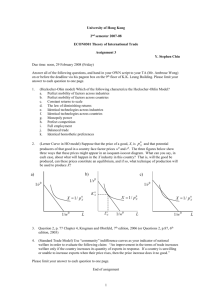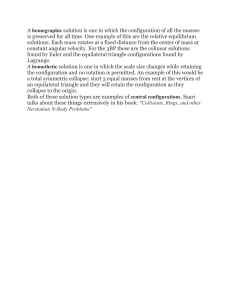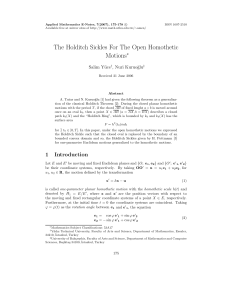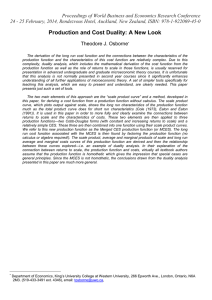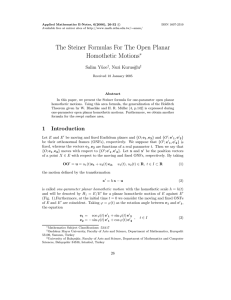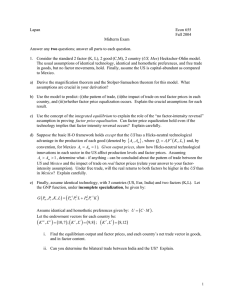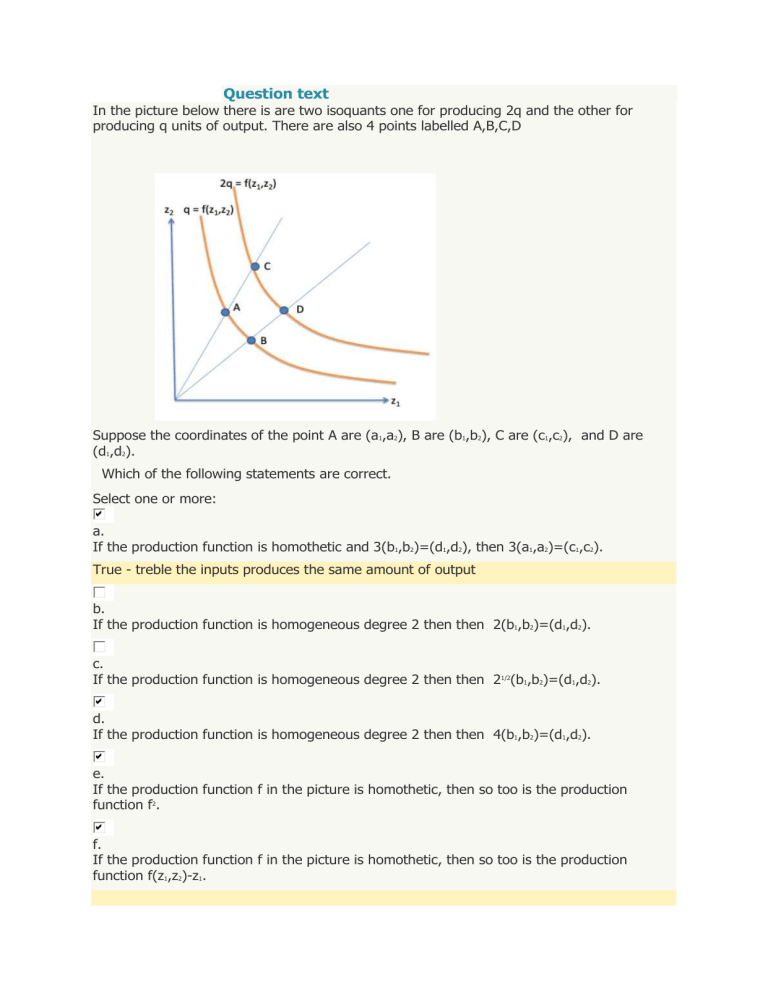
Question text In the picture below there is are two isoquants one for producing 2q and the other for producing q units of output. There are also 4 points labelled A,B,C,D Suppose the coordinates of the point A are (a1,a2), B are (b1,b2), C are (c1,c2), and D are (d1,d2). Which of the following statements are correct. Select one or more: a. If the production function is homothetic and 3(b1,b2)=(d1,d2), then 3(a1,a2)=(c1,c2). True - treble the inputs produces the same amount of output b. If the production function is homogeneous degree 2 then then 2(b1,b2)=(d1,d2). c. If the production function is homogeneous degree 2 then then 21/2(b1,b2)=(d1,d2). d. If the production function is homogeneous degree 2 then then 4(b1,b2)=(d1,d2). e. If the production function f in the picture is homothetic, then so too is the production function f2. f. If the production function f in the picture is homothetic, then so too is the production function f(z1,z2)-z1. We are told that f is homothetic so this means that if f(z1,z2) = f(z'1,z'2) so the bundles (z1,z2) and (z'1,z'2) are on the same isoquant then so too are λ(z1,z2) and λ(z'1,z'2) that is f(λz1,λz2) = f(λz'1,λz'2). Now let us try the same test with the amended production function and suppose that f(z1,z2) - z1 = f(z'1,z'2) - z'1 Are the outputs from the scaled up inputs equal? Is f(λz1λ,z2) - λz1 (=?) f(λz'1,λz'2) - λz'1 Because we know that f is homothetic we know that f(λz1,λz2) = f(λz'1,λz'2). So the above question is Does - λz1 (=?) - λz'1 This is clearly false because we never said z1 =z'1 Feedback Your answer is partially correct. You have selected too many options. We are told that f is homothetic so this means that if f(z1,z2) = f(z'1,z'2) so the bundles (z1,z2) and (z'1,z'2) are on the same isoquant then so too are λ(z1,z2) and λ(z'1,z'2) that is f(λz1,λz2) = f(λz'1,λz'2). Now let us try the same test with the amended production function and suppose that f(z1,z2) - z1 = f(z'1,z'2) - z'1 Are the outputs from the scaled up inputs equal? Is f(λz1λ,z2) - λz1 (=?) f(λz'1,λz'2) - λz'1 Because we know that f is homothetic we know that f(λz1,λz2) = f(λz'1,λz'2). So the above question is Does - λz1 (=?) - λz'1 This is clearly false because we never said z1 =z'1 If the production function is homogenous degree 2, then f(λz1,λz2) = λ2f(z1,z2) (*) We are told that 2f(b1,b2) = f(d1,d2) and as B and D are on the same line we also know x(b1,b2) = (d1,d2), for some number x>1. So combining these two we get 2f(b1,b2) = f(xb1,xb2) Comparing this with the equation lablelled (*) above we can see that 2=λ2 so x has to be equal to λ that is the square root of 2. The correct answers are: If the production function is homothetic and 3(b1,b2)=(d1,d2), then 3(a1,a2)=(c1,c2)., If the production function is homogeneous degree 2 then then 21/2(b1,b2)=(d1,d2). , If the production function f in the picture is homothetic, then so too is the production function f2.
